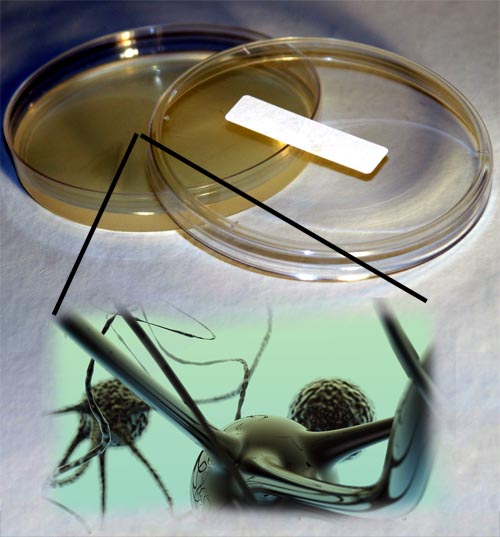How Are Stem Cells Used in Autism Research?

The organ affected in Autism Spectrum Disorders (ASD) is the brain. Before stem cell technologies existed, brain studies had to be done in post-mortem tissue or in other animals. Neither of these approaches are ideal for understanding what is happening in a human patient. Advances in stem cell technology, however, have provided researchers with the means to study functional brain cells from living autistic patients.
iPSCs offer an unique opportunity to address some of the key issues in the field of ASD research, such as whether the clinical severity of ASD in an autistic patient correlates with the magnitude of phenotype in iPSC-derived cells from that patient1. Furthermore, the ability to generate patient-specific neurons and other brain cells provides us with the opportunity to potentially develop individualized therapies. The information obtained about the drug response by iPSC-derived neurons from an autistic patient can potentially be used to predict the clinical pharmacological response in that patient.
Thus far, research has primarily focused on examination of patient-specific neurons derived from induced pluripotent stem cells. However, future research will likely include examination of patient-specific non-neuronal brain cell types, such as astrocytes and oligodendrocytes. Both of these cell types are required for optimal neuronal function; astrocytes function as a support system for neurons, while oligodendrocytes are responsible for the myelin sheathes that surrounds and insulates the axons of neurons. Given recent observations that demonstrate the importance of astrocytes in mouse models of Rett syndrome, more attention will be paid to the possible clinical importance of astrocytes and oligodendrocytes in ASD. Likewise, other potential sources of patient-specific cells have been explored, as described in greater detail below.
| References: |
|

